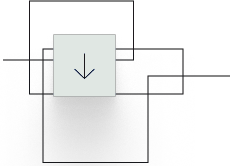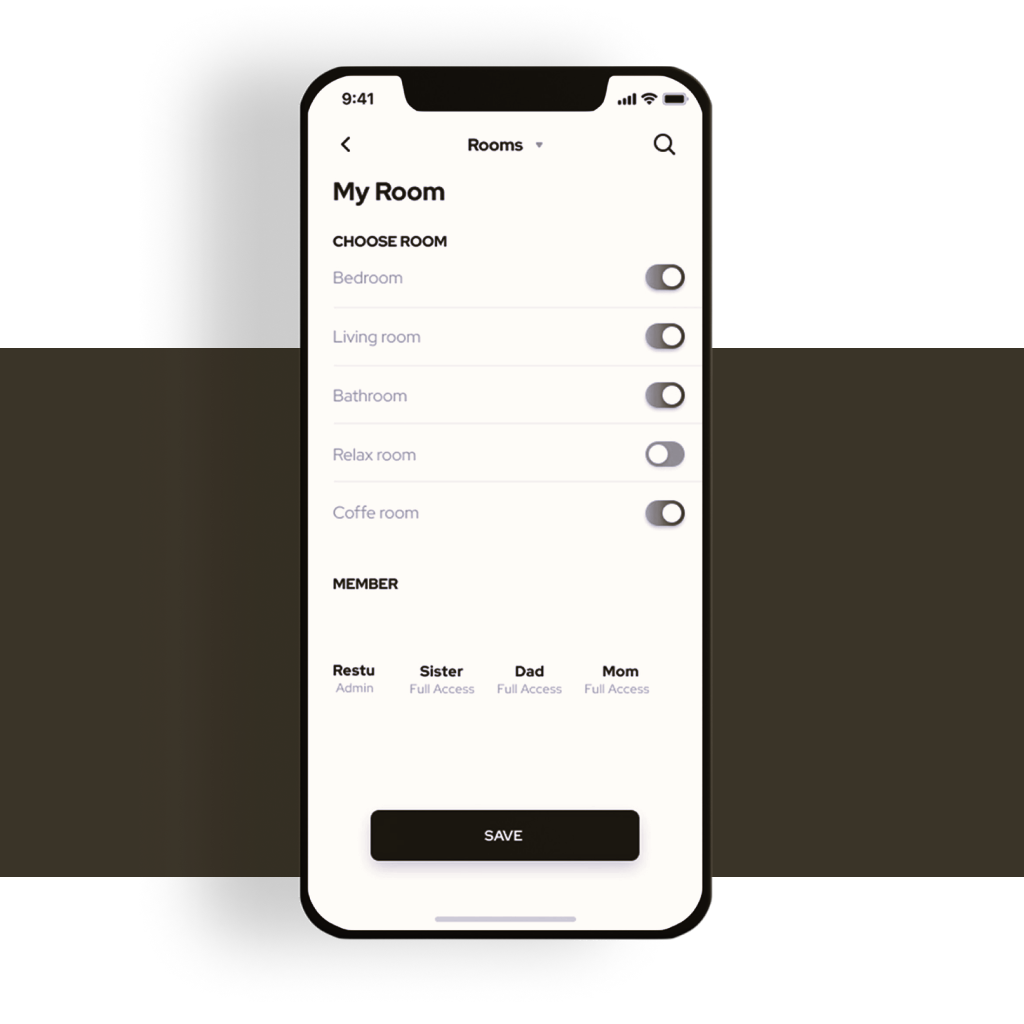
Smart thermostats
Provides your thermostat with a better picture of
he climate throughout your home—and
it goes a long way toward keeping your house the
perfect temperature year-round.
Thankfully, smart home thermostats can change your home's
temperature to a pleasant setting.
So, even while you are asleep, you can save electricity
and maintain temperature.















